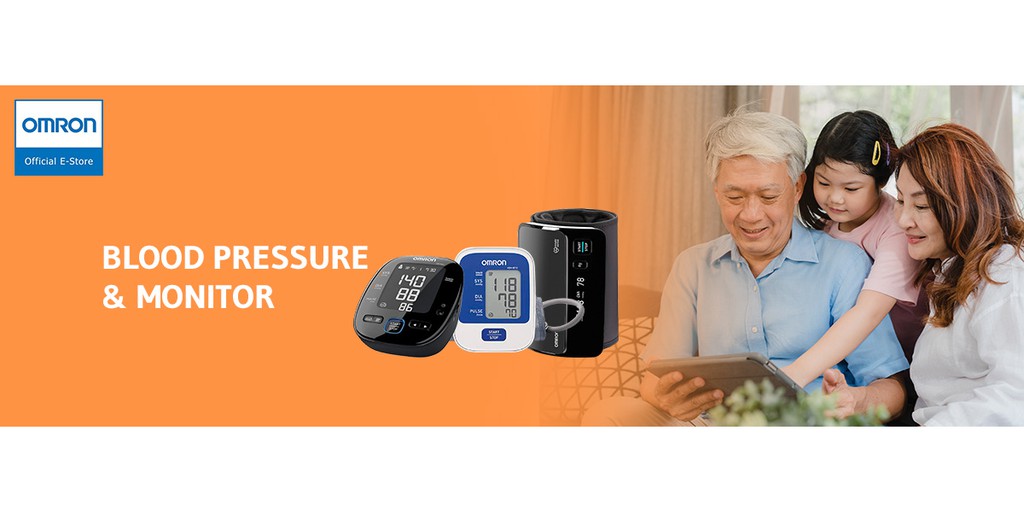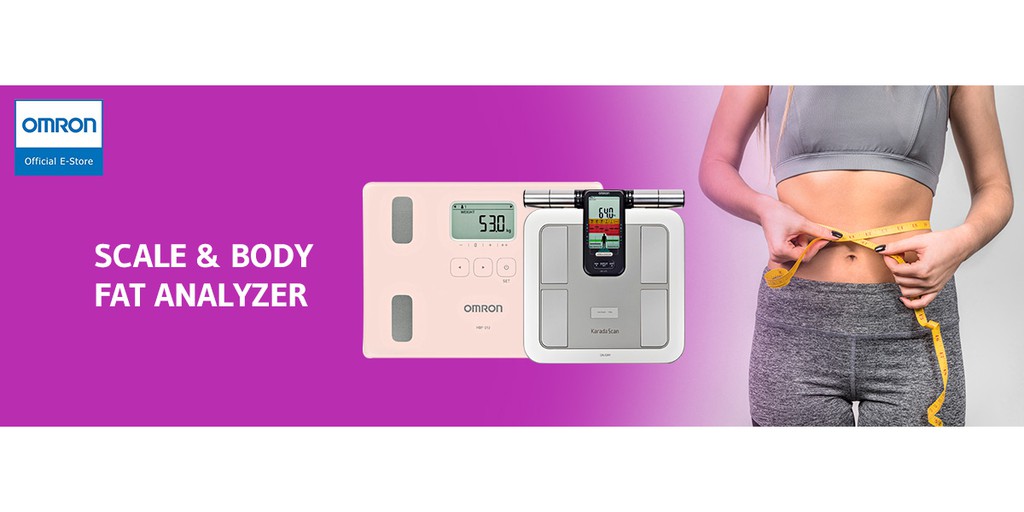Blood Pressure Screening medical test
Learn about Blood Pressure Screening medical tests, including what the tests are used for, why a doctor may order a test, how a test will feel, and what the results may mean.
What is Blood Pressure Screening test?
A blood pressure test measures the pressure in your arteries as your heart pumps. You might have a blood pressure test as a part of a routine doctor's appointment or as a screening for high blood pressure (hypertension).
What the Blood Pressure Screening test is used for?
Blood pressure is important to check as a high blood pressure level can increase the risk of heart disease (cardiovascular disease), kidney disease (nephropathy), sight damage ( retinopathy ) and strokes.
How is the procedure performed?
Usually, a nurse or technician takes your blood pressure while you are seated in a chair with your feet flat on the floor.
- You rest your arm on a table at the level of your heart. The blood pressure cuff is wrapped around the top part of your arm. The bottom of the cuff is just above your elbow. It's important that the cuff fits. Readings can vary if the cuff is too big or too small.
- For a manual blood pressure measurement, the nurse or technician places a stethoscope over the major artery in your upper arm (brachial artery) to listen to blood flow.
- The cuff is inflated with a small hand pump.As the cuff inflates, it squeezes your arm. Blood flow through the artery stops for a moment.
- damage to the heart such as when one of the heart’s arteries is blocked (coronary occlusion)
- The nurse or technician opens a valve on the hand pump to slowly release the air in the cuff and restore blood flow. He or she continues to listen to blood flow and pulse and records your blood pressure.
- Some blood pressure cuffs automatically inflate and measure your pulse. In this case, a stethoscope is not needed.
What will be the results interprets?
Your doctor, nurse or technician can tell you your blood pressure results immediately after the test. A blood pressure measurement has two numbers:
- The top number (systolic) is the pressure of the blood flow when your heart muscle contracts, pumping blood.
- The bottom number (diastolic) is the pressure measured between heartbeats.
Here's a look at blood pressure categories and what they mean. If your top and bottom numbers fall into two different ranges, your correct blood pressure category is the higher one.
| Top number (systolic) in mm Hg | And/or | Bottom number (diastolic) in mm Hg | Your category* |
|---|---|---|---|
|
|||
| Below 90 | or | Below 60 | Low blood pressure† (hypotension) |
| Below 120 | and | Below 80 | Normal blood pressure |
| 120-129 | and | Below 80 | Elevated blood pressure |
| 130-139 | or | 80-89 | Stage 1 high blood pressure (hypertension) |
| 140 or more | or | 90 or more | Stage 2 high blood pressure (hypertension) |


